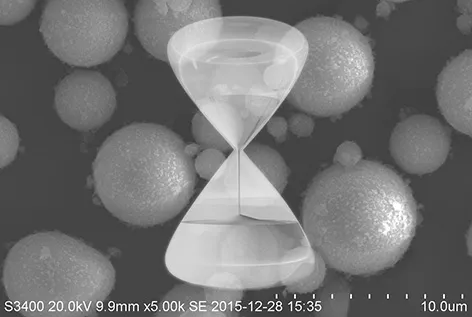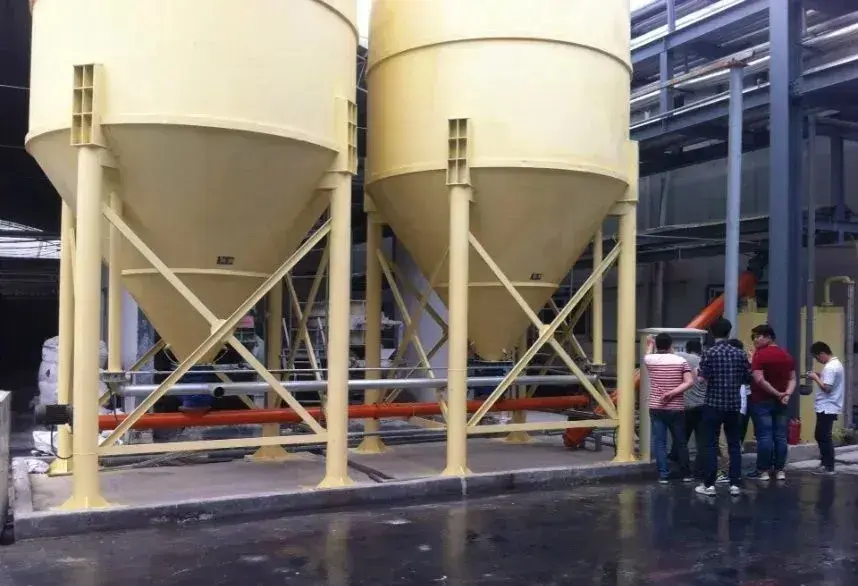Pyrophyllite, commonly known as wax stone, is a kind of clay mineral. It is formed by hydrolysis and transformation of acidic volcanic glass, regional metamorphism or low-temperature hydrothermal alteration. Pyrophyllite belongs to the monoclinic system, and its crystal structure is a lamellar and radial aggregate. The characteristics and appearance of pyrophyllite are very similar to talc, and many physical properties are also very similar to talc. It has a fine texture, low hardness, refractoriness greater than 1,700°C, good insulation and thermal insulation, and stable chemical properties. It can only be decomposed by sulfuric acid at high temperatures. Pyrophyllite is often light yellow, gray-green, milky gray and other colors. When it encounters iron oxides or mercury, it appears brown-red or blood-red. It has a waxy luster and a slippery feel. It is often dense and blocky, leaf-shaped, and radial after mutation.
Different components in phyllite give it different colors. If phyllite contains cinnabar, it will appear mottled red. People call this kind of phyllite chicken bloodstone.
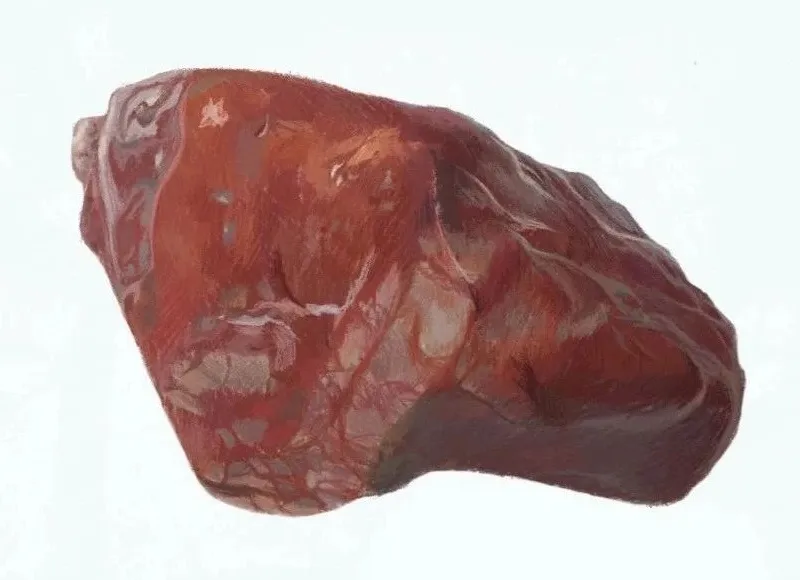
It is rare to find pure pyrophyllite aggregates in nature. They are generally produced in aggregates of similar minerals. The ore is mainly in block form, but also in earthy and fibrous form. The main associated minerals are quartz, kaolinite, diaspore, sericite, pyrite, etc.
There is no strict distinction between pyrophyllite and talc in commerce. This is because they are similar in appearance, properties, crystal structure, and have roughly the same application areas.
In terms of chemical composition, pyrophyllite is very similar to kaolinite minerals, both of which are hydrated aluminum silicates. However, pyrophyllite has no expansion and plasticity in water, poor water absorption, and stable structure. Kaolinite minerals have strong water absorption, expansion and plasticity.
Uses of pyrophyllite
Papermaking Industry
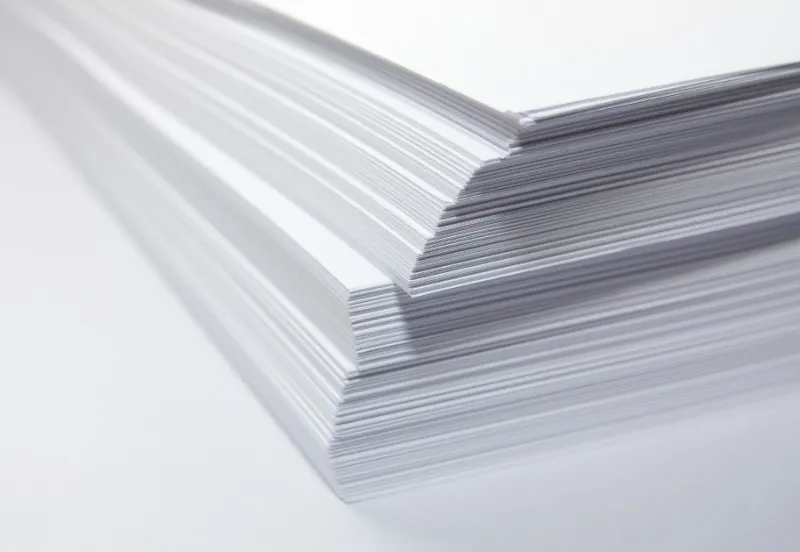
Pyrophyllite, with its low hardness, easy pulverization, and stable physical and chemical properties, is used as a filler and coating material in paper production. It improves paper density, whiteness, and smoothness, enhances printing performance, and reduces production costs, making it an ideal filler.
Ceramics Industry
Pyrophyllite contains a high content of Al2O3, has good heat resistance, high whiteness, and small shrinkage at high temperatures. It is an ideal raw material for making ceramics. It can be used to make daily-use ceramics, building and sanitary ceramics, electrical ceramics, chemical corrosion-resistant ceramics and special ceramics. Glazed tiles with pyrophyllite as the main raw material have the advantages of stable performance, good thermal stability, and strong adaptability of body and glaze. It can reduce product deformation, cracking and wet expansion during production.
Refractory Materials
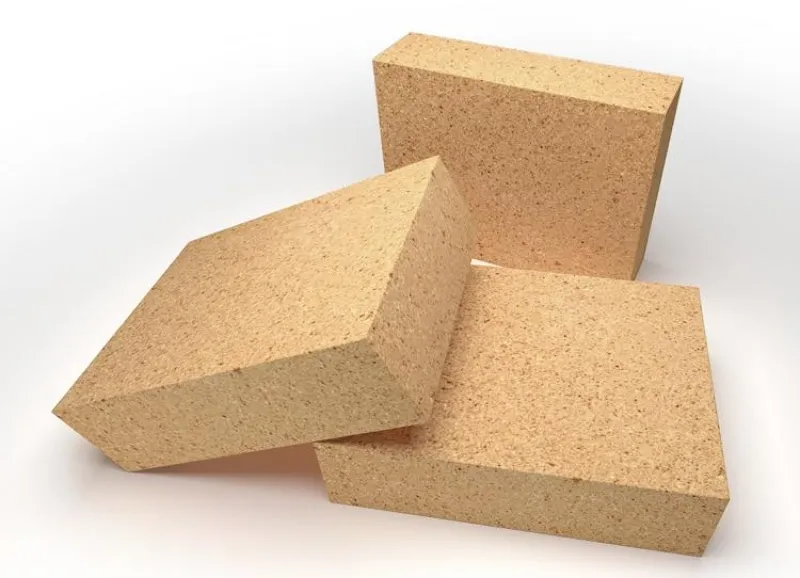
Pyrophyllite has a high melting point and can withstand high temperatures (refractoriness ≥ 1,700°C). It is used to manufacture aluminosilicate refractory materials and crucibles for smelting optical glass and fiberglass. Due to the wide range of refractory materials, other specialized minerals can be added to steatite to form new refractory materials, such as mullite refractory materials made from aluminum plant sludge and steatite.
Chemical and Textile Industries
Pyrophyllite ultra-fine powder has a fine particle size, uniform quality, few defects, and high surface activity. It has good reinforcing performance in composite materials and can be used as a filler in plastics, rubber, coatings, chemical adsorbents, additives, bleaching agents, and detergents.
Synthetic Diamonds
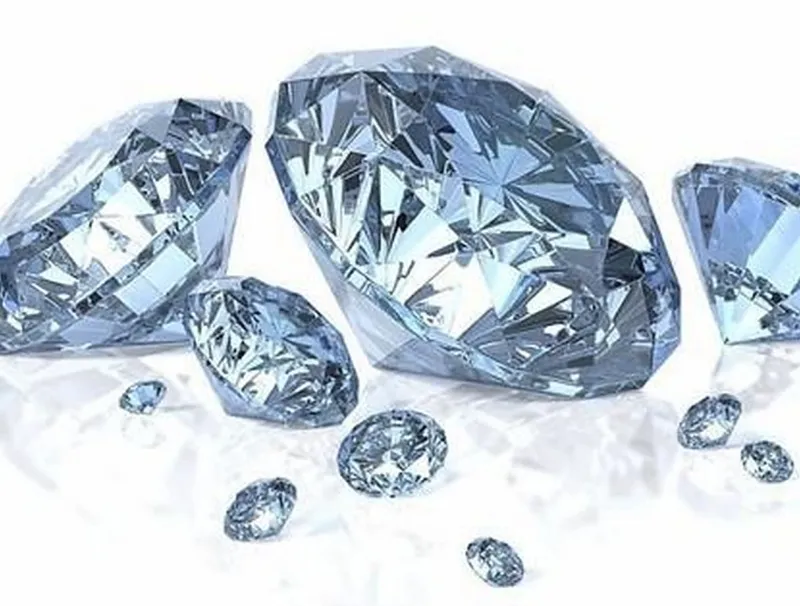
The crystal structure of pyrophyllite is a continuous layered silicon-oxygen tetrahedron. The molecular layers are easy to slide and produce creep. It has low hardness, low shear strength and good electrical and thermal insulation. It is also cheap and is a solid pressure transmission medium and sealing material for high-pressure synthetic diamond.
Insecticides
Pyrophyllite powder has the characteristics of high whiteness, flaky particles, small bulk density, good fluidity, medium adsorption, small hygroscopicity, dispersibility, general wettability, good suspension and acidity, etc. It can meet the requirements of pesticides and insecticides for fillers (carriers) in terms of bulk density, adsorption, suspension and acidity and alkalinity.
Crafts
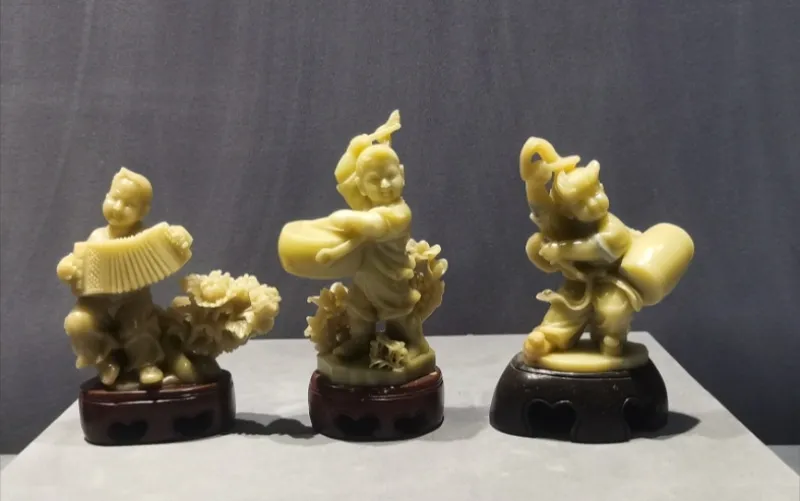
The translucent pyrophyllite with beautiful colors and patterns, waxy or pearly luster is a precious raw material for carving. Such as Shoushan stone, Qingtian stone, chicken blood stone, frozen stone, etc. The handicrafts include incense burners, smoking utensils, Buddhist beads, seals, stone figurines, vases, decorative stones, etc. It has bright colors, dazzling luster, no cracks, high strength, moderate hardness, good transparency, and few impurities.
Fiberglass Industry
In the production of glass fiber, pyrophyllite is used as the main raw material, among which the Al2O3 content is preferably 18%~22% of the medium aluminum pyrophyllite. Too high or too low Al2O3 content has a great impact on the production process. Using its reasonable aluminum-silicon ratio to replace aluminum powder reduces costs and improves the mechanical strength of glass fiber.
Epic powder
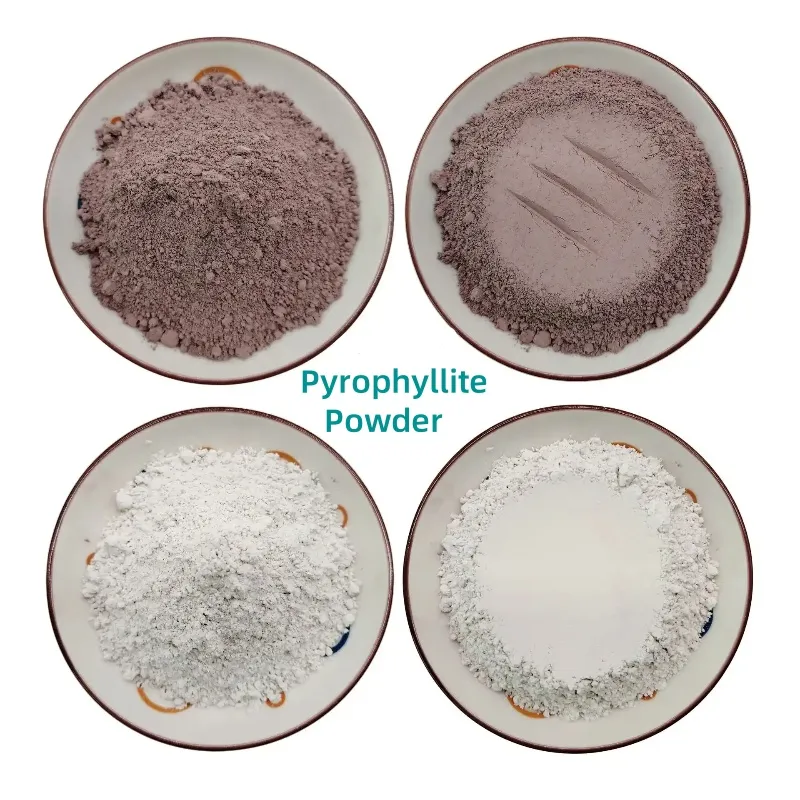
Epic Powder provides advanced grinding equipment tailored to enhance the properties of minerals like steatite and pyrophyllite. Our ball mills, air classifiers, and surface modification machines ensure optimal particle size and consistency, improving the performance and quality of materials across industries like ceramics, papermaking, and fiberglass production. With over 20 years of expertise in ultrafine powder processing, we help our clients achieve superior results while reducing costs.
